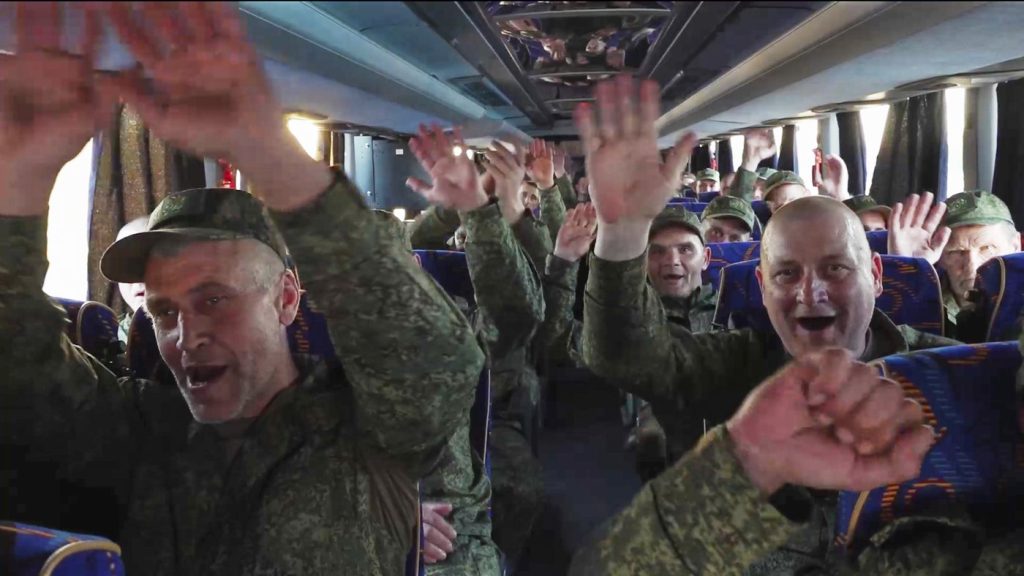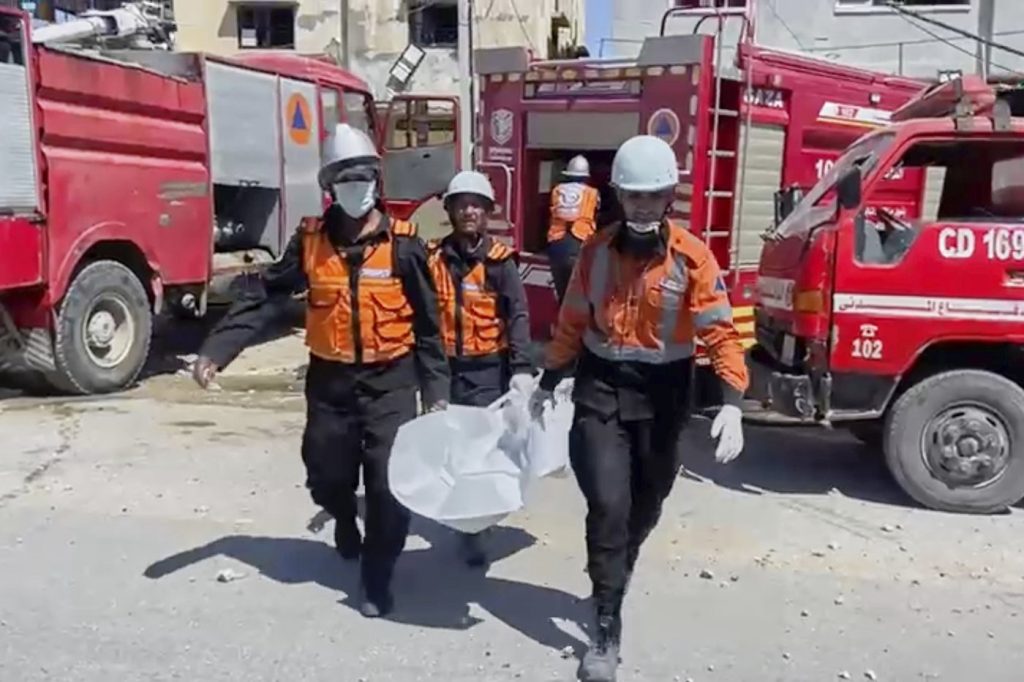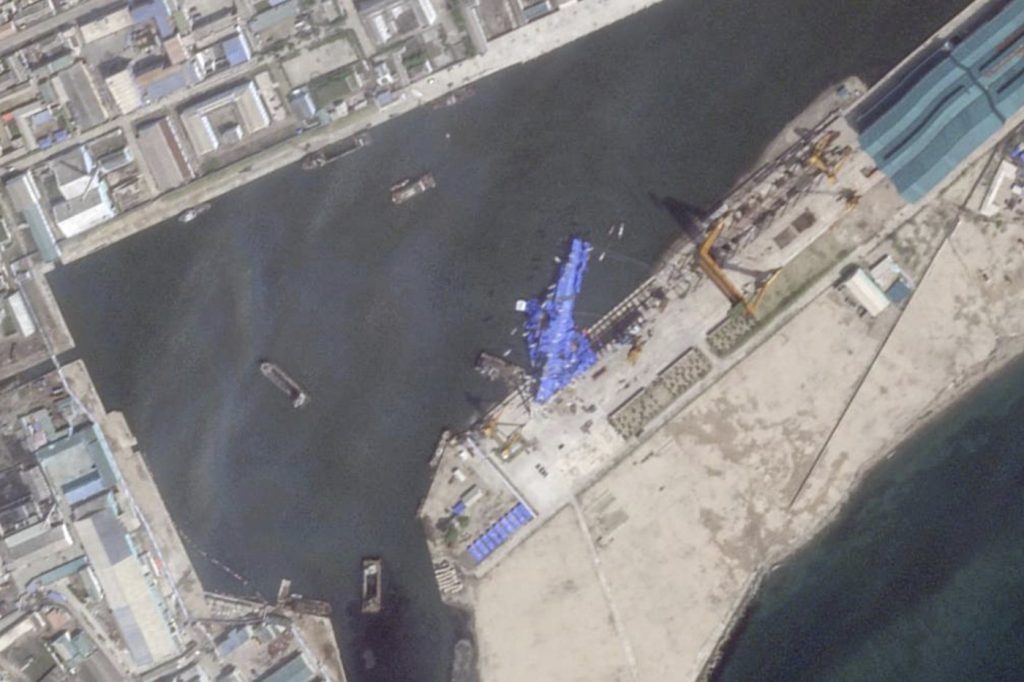KYIV, Ukraine (AP) – In a significant development amidst ongoing hostilities, Russia and Ukraine executed another large-scale prisoner exchange on Saturday. This operation, which allowed both nations to bring home 307 soldiers each, signifies a rare moment of collaboration in the context of a conflict that has been marked by failed attempts to achieve a ceasefire. This swap followed a previous exchange of 390 combatants and civilians from each side the day before, making these transactions some of the largest swaps since the initiation of the conflict over three years ago.
The prisoner exchange unfolded just hours after Kyiv experienced a significant barrage of Russian drone and missile strikes. Mykola Kalashnyk, the head of the Kyiv regional military administration, reported that another aerial assault beginning Saturday night resulted in three fatalities in the region. Additionally, Mayor Vitali Klitschko confirmed that as of 3 a.m. Sunday, at least ten individuals had sustained injuries, including damage to a student dormitory in the Holosiivskyi district where a drone hit caused a fire.
Ukrainian President Volodymyr Zelenskyy heralded the exchanges as part of a broader agreement established during peace talks held in Istanbul earlier this month, which was the first in-person meeting for both nations since Russia's full-scale invasion in 2022. The agreement aims at an exchange of 1,000 prisoners of war and civilian detainees from each side. Zelenskyy expressed optimism for continued exchanges, asserting that more were anticipated in the following days.
On the night preceding the prisoner swap, Kyiv endured one of its most extensive missile and drone attacks. Reports indicated that Russian forces unleashed 14 ballistic missiles and approximately 250 Shahed drones. Ukrainian military forces successfully intercepted six missiles and neutralized 245 drones through various defense mechanisms, which included electronic warfare tactics. This combined assault has been characterized as one of the most substantial attacks on the capital.
Ukrainian officials highlighted the need for increased sanctions against Moscow, arguing it is essential for accelerating peace negotiations. U.K. Foreign Secretary David Lammy condemned the Russian attacks, labeling them as acts that undermine the quest for peace. European Union Ambassador to Kyiv, Katarina Mathernová, echoed this sentiment, referring to the assault as “horrific” and reaffirming the stance that Russia seeks to prolong the conflict.
Despite the prisoner exchange providing a glimmer of hope, ground battles continued to rage along the lengthy front line. The ongoing conflict has seen significant casualties, with neither side showing signs of relenting. Reports detailed that 13 civilians were killed in attacks across southern, eastern, and northern Ukraine over the Friday and Saturday period, with specific incidents involving Russian strikes targeting port infrastructure in Odesa.
The complexities of the prisoner exchange deal were evident, as it involved numerous moving parts and required delicate negotiation. The initial phase took place at the Belarus border, with Russian POWs transported for medical treatment in Belarus following their release. Although the family members of missing soldiers found some solace in the shared information by the released POWs, the fleeting joy of the exchange did not halt ongoing military operations.
While both sides have agreed to further talks, fundamental disagreements on key terms persist. Ukraine, backed by Western allies, is advocating for a temporary ceasefire as a preliminary step toward a lasting peace settlement. However, Kremlin spokesperson Dmitry Peskov indicated that a consensus on further negotiations remains elusive.
Russian Foreign Minister Sergey Lavrov stated that Moscow will provide a draft document detailing its terms for a comprehensive peace agreement once the ongoing prisoner exchange concludes.
In conjunction with the military actions, it was reported that Russian forces downed over 100 Ukrainian drones across several provinces in western and southern Russia, illustrating the ongoing volatility and the fierce aerial confrontation characterizing this conflict.












